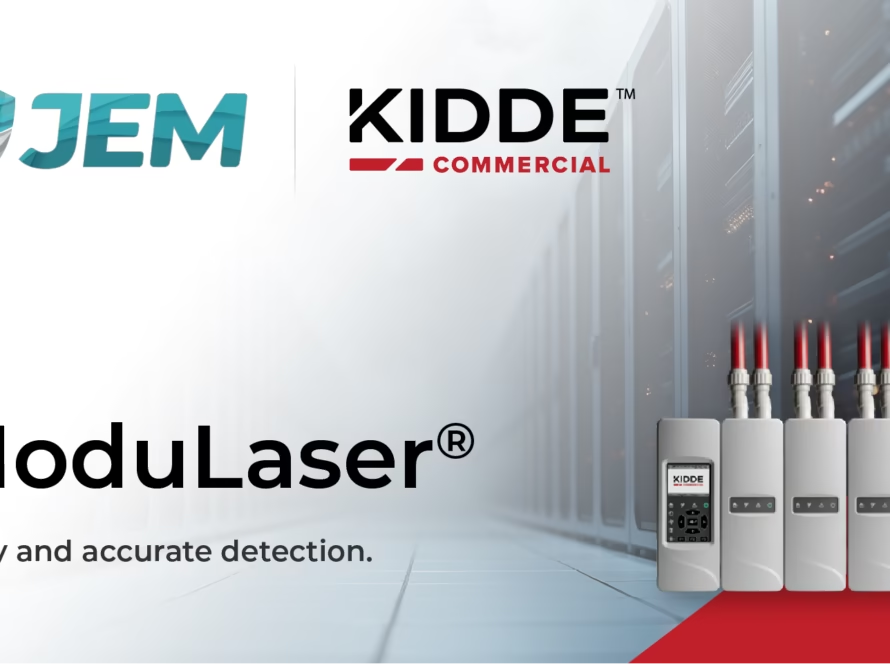When executing complex fire alarm and life safety system projects, many companies work with multiple vendors, each responsible for different phases — design, parts procurement, and commissioning. While this approach may seem efficient, it often leads to hidden costs that affect the project’s timeline, quality, and success. In this post, we’ll explore how fragmented project execution can create challenges, and how consolidating services with a single provider can streamline the process, ensuring smoother AHJ approval.
The Challenge of Fragmented Execution
In a recent project, a client in the fire alarm industry chose separate vendors for parts, design, and commissioning. While each vendor had its strengths, working with different companies for each phase led to significant issues.
Picture That…
Imagine you’re managing a fire safety system installation for a commercial building. You sourced parts from Vendor A, hired Vendor B for the system design, and chose Vendor C for commissioning. Everything seems fine, but soon issues begin:
- Misaligned Timelines: Vendor A delivers parts on time, but Vendor B’s design team faces delays, pushing back the whole project.
- Quality Inconsistencies: The parts from Vendor A don’t align with Vendor B’s design, forcing you to send parts back and reorder, incurring additional costs.
- Accountability Gaps: Vendor A claims that the parts were delivered as per the original order, while Vendor B insists that the design is flawless. Vendor C, who is responsible for commissioning, points out that both the parts and design need adjustments before they can proceed with installation.
These delays jeopardize the AHJ approval process, further complicating the project timeline.
The Solution: Consolidating with a Single Provider
This is where the benefit of working with a single provider becomes clear. By consolidating parts and services under one roof, clients can benefit from:
- Streamlined Communication: With one point of contact, the project can move forward seamlessly, without the need to manage multiple relationships.
- Coordinated Timelines: The vendor overseeing the entire project can ensure that design, parts procurement, and commissioning occur in a synchronized manner.
- Consistency in Quality: Working with one provider guarantees that all components and services are aligned to the same standards, minimizing the risk of compatibility issues.
- Clear Accountability: With a single vendor, there’s no confusion about who is responsible for any issue that arises. This can significantly reduce the amount of time spent on troubleshooting. Additionally, code compliance is seamlessly ensured throughout the project, as all elements are designed, sourced, and installed in adherence to local regulations.
Most importantly, having a single vendor managing the entire project can expedite the AHJ approval process. With all parts and services pre-approved and aligned to the same standards, there’s no need for back-and-forth approval steps, saving valuable time.
Why It Matters
When you work with a single provider for both parts and services, you’re not just simplifying logistics. You’re also improving your project’s chances for success. The benefits include faster completion times, reduced risks, and a smoother overall experience.
Plus, by avoiding fragmented vendor coordination, you’re reducing the chance of failing to meet AHJ approval requirements — an essential step in ensuring your system is fully compliant and safe.
In the competitive world of project execution, efficiency is key. Fragmented execution might seem cost-effective in the short term, but the hidden costs associated with delays, quality issues, and poor communication can quickly outweigh any perceived savings.
By consolidating your project’s parts supply and services with a single, trusted provider, you’re ensuring that your project stays on track, on budget, and delivers the results you expect — all while ensuring seamless AHJ approval.




